"Could one then not simply flatten the timesteps, apply a dense layer and perform a reshape to obtain the same result"
No, flattening timesteps into input dimensions (input_dim) is the wrong operation. As illustrated by yuva-rajulu if you flatten a 3D input (batch_size,timesteps,input_dim) = (1000,50,10), you end up with a flattened input (batch_size,input_dim)=(1000,500), resulting in a network architecture with timesteps interacting with each others (see jdehesa). This is not what is intended (i.e., we want to apply the same dense layer to each timestep independently).
What need to be done instead is to reshape the 3D input as (batch_size * timesteps, input_dim) = (50000,10), then apply the dense layer on this 2D input. That way the same dense layer will operate 50000 times on each input vector (10,1) independently. You will end up with a (50000,n_units) output that you should reshape back as a (1000,50,n_units) output. Fortunately, when you pass a 3D input to a dense layer keras does this automatically for you. See official reference:
"If the input to the layer has a rank greater than 2, then Dense computes the dot product between the inputs and the kernel along the last axis of the inputs and axis 0 of the kernel (using tf.tensordot). For example, if input has dimensions (batch_size, d0, d1), then we create a kernel with shape (d1, units), and the kernel operates along axis 2 of the input, on every sub-tensor of shape (1, 1, d1) (there are batch_size * d0 such sub-tensors). The output in this case will have shape (batch_size, d0, units)."
Another way to see it is that the way Dense() computes the output is simply by applying the kernel , i.e., weigth matrix of size (input_dim, n_units) to the last dimension of your 3D input, considering all other dimensions as similar to batch sizes, then size the output accordingly.
I think that they may have been a time when the TimeDistributed layer was needed in keras with Dense() discussion here. Today, we do not need the TimeDistributed wrapper as Dense() and TimeDistributed(Dense()) do exactly the same thing, see Andrey Kite Gorin or mujjiga.




